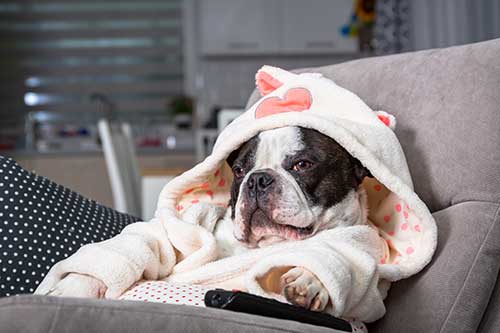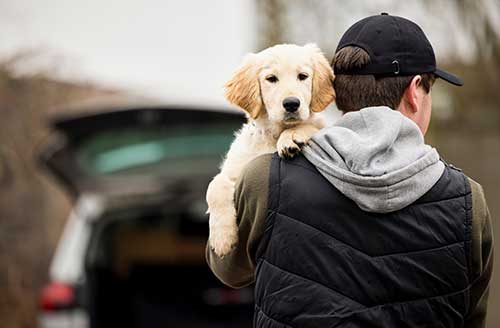If there is one thing all pet parents universally agree to, it is the rush of feel-happy hormones rushing your veins with a new addition of paws in your family. While adding more furry members to your family may not be on your mind, you can’t deny the urge to get another pet home. And no one understands this better than us!
The joys and nuances of bringing a new furry baby home, spending time together to learn about their personality and preferences, training them to perform the cutest tricks that will get your Instagram inbox filled to the brim is what any pet parent wants
Data says that about 60-70% of households in the U.S. have a pet. And if you are someone who wants to experience that thrill again and again, by all means, go ahead!
But if there is one thing that you need to keep in mind before bringing a new pet home, it is that your resident furry members might not share in the joy that you do. Hence the introduction between your new pet and your resident pets needs to be well planned and structured deliberately. It will ensure that all pets in the house are introduced safely to the other, allowing for the development of long-term and stable relationships.
Whether you are introducing your new dog, cat, or rabbit to your resident pets, read on to discover the safest way to create excellent first impressions!
Introducing Your New Cat to Your Resident Dog
Before you decide to bring a new cat into your home, ensure that you have conducted significant research and have asked your rescue and shelter facility how comfortable your cat is with dogs.
Enquire whether it has any prior experience with canines. Parallelly begin obedience training with your dog at least a good week or two before the cat is brought into the house, using clicker training or food. You can purchase an hour of professional dog walking to help regulate excess energies before the first meet.
Introducing Your New Dog to Your Resident Cat
Once again, keep your dog on a fixed leash and well within your control. Keep the first meeting of your dog and cat short and brief, just for a few minutes. You can even employ a cat sitter to take care of your beloved feline while you make arrangements for a safe space. Then go on to separate the animals and place them in different areas of the house. It will allow both of them to relax and take time recognizing the scent of the other animal across the house.
Repeat these brief introductions regularly over a couple of days and ensure that you are present at all times. Before an actual face-to-face interaction happens, trim your dog’s and cat’s nails and wait a day or two until the rough edges smoothen up.
Introducing Your Rabbit to Your Resident Dog or Cat
Rabbits are certainly an unconventional addition to your family of furry beings. If you are introducing your rabbit to your resident cat, the first step is to ensure that a safe and stress-free environment has been created for the introduction. You can take additional steps by ensuring both animals are rested and well-fed before the interaction. Choose a safe and neutral zone for the meeting such as a living room or your backyard. Keep the rabbit safe and secure in its hutch and your dog within your control on a fixed leash.
The first step is to take the rabbit out of its pen and place it in a sturdy cage before bringing it to the cat. The bunny needs to be safe and protected from any sudden movements that the cat may make. You can even try familiarizing the scents of the animals with the use of a clean towel or cloth. Monitor the behaviors closely and remember – stress can have a negative influence on your rabbit’s health.
When introducing a rabbit to your resident dog, remember that rabbits fall in the prey category for dogs. Try not to bring a rabbit home if you have a species like Golden Retriever or Labrador as your resident dog, given that these are hunting animals with a penchant for smaller creatures like rabbits.
Introduce them slowly to one other but keep the meeting brief. And remember to monitor both animal’s behaviors when in the presence of each other. You can even consider roping in an additional family
Remember to be patient – animals will require time and training before they adapt to each other slowly. Your pets (new and old) will also be looking to you for guidance during the introduction. Don’t worry too much and allow the relationship to develop at its own pace – you’ve got this!











